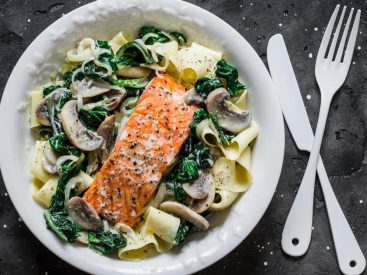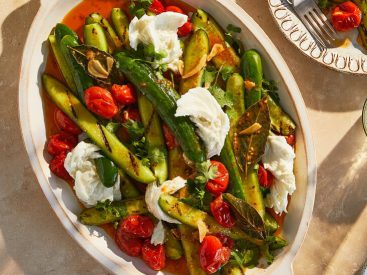Sea scallops seared in brown butter add a savory protein to a green salad dressed with a citrus vinaigrette. (Gretchen McKay/Pittsburgh Post-Gazette/TNS) Want to make people uncomfortable? Just say something is “moist.” Studies show that many people don’t like the word, in large part because of its association with […]
Delicious!
Delicious!



